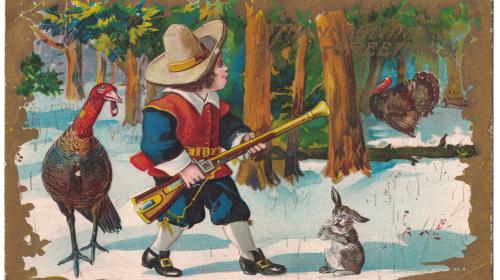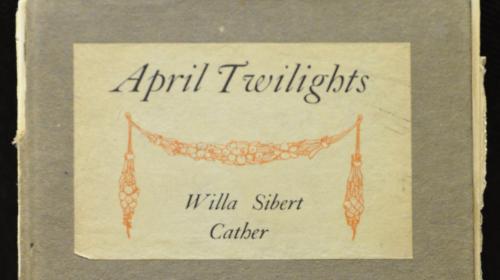Annotations from the Archive
The National Willa Cather Center houses one of the nation’s largest collections of materials related to the life and works of Pulitzer Prize-winning author Willa Cather. Our museum and archival collections, housed in Cather's home town of Red Cloud, Nebraska, contain memorabilia, artifacts, historic photographs, art and decorative arts, journals, and rare book collections, as well as items belonging to Willa Cather like letters, clothing, jewelry, artwork, manuscripts, address books, journals, and sales ledgers for her novels, as well as hundreds of objects that belonged to the Cather family. Click here to Explore the Collection!
Our collections include:
- Over 400 personal letters written by Willa Cather
- Approximately 2000 images of Willa Cather, Cather family and friends, historic Red Cloud and Webster County
- Articles and reviews of Cather's work, contemporaneous with their publication
- The Cather Family Library, comprised of hundreds of volumes of books and magazines belonging to the Cather family, from the 1880s to the 1940s
- McClure's magazines, 1896–1912, and other serials in which Cather published
- Newspapers from Red Cloud (on microfilm)
- Commercial Advertiser: May 1908 to October 1968 (64 reels)
- Golden Belt: 1893 to 1896 (1 reel)
- The Nation: 1892 to 1908 (4 reels)
- Red Cloud Chief: November 1878 to November 1923 (15 reels)
- Other Newspapers (on microfilm)
- Pittsburgh Leader: December 1896 to December 1900 (47 reels)
- Pittsburgh Gazette: October 1901 to January 1904 (24 reels)
- The Mildred Bennett Collection, which houses research notes and first-person source materials for early Cather studies
- The Blanche Cather Ray Collection, which contains hundreds of documents and objects related to historical Webster County and the William Cather and George Cather families
- The Willa Cather Pioneer Memorial Collection, the earliest collection of Cather materials on offer
Annotations From the Archives: Red Cloud's Christmas Traditions
Annotations From the Archives: Thanksgiving in Red Cloud
"There we have short, bitter winters; windy, flower-laden springs; long, hot summers; triumphant autumns that last until Christmas—a season of perpetual sunlight, blazing blue skies, and frosty nights. In this newest part of the New World autumn is the season of beauty and sentiment, as spring is in the Old World."
Annotations From the Archives: Ask-An-Archivist
Annotations from the Archives: Teaching with Primary Sources
The collections and archives at the National Willa Cather Center have always, since our founding, played a critical role in helping our visitors gain a deeper understanding of Willa Cather. Our museum's collections rotate through our historic sites, providing context and helping readers, teachers, and students to imagine the settings of Cather’s many works set in Red Cloud.
Annotations from the Archive: Back to School
Annotations from the Archive: April Twilights
Though Willa Cather is known worldwide as a novelist, her first published work was a collection of poems, April Twilights. For both researchers and Cather fans, our archival collections provide amazing insights into Cather’s early work.
Annotations From the Archives: Red Cloud's Photographers
Annotations from the Archives: Use It Up
Annotations from the Archives: A Lost Lady Debuts
Annotations from the Archives: Armistice Day
On November 11, we’ll honor our nation’s fallen soldiers on Veteran’s Day, the 70th year that the United States has commemorated the sacrifice made by hundreds of thousands of young men and women in military conflicts. Willa Cather would have known November 11 as Armistice Day, a day when the veterans of World War I were honored, and our collections are rich with museum and archival items that further our understanding of the World War I experience and Cather’s depictions of it in One of Ours.









